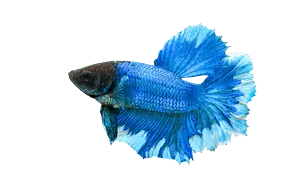Aquarium lights help your plants grow and give your fish a sense of daylight. So, an abundance of light is a good thing, right?
Actually, no, it’s not.
Excess lighting not only causes plant damage but also stresses your fish out.
But what are the signs of too much light on your aquarium plants?
1. Excess Algae Growth
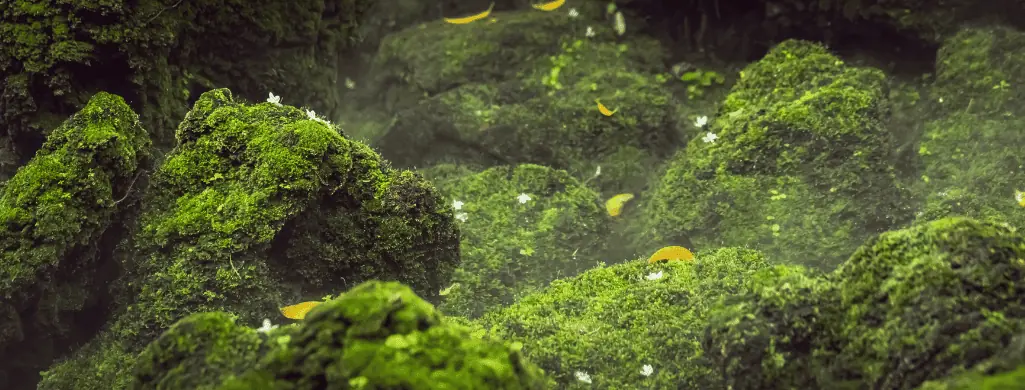
Algae bloom is the most common sign of too much light in your aquarium.
Intense lighting and excess nutrients in the water create an ideal environment for rapid algae growth.
Under heavy lighting conditions, aquatic plants need more nutrients and carbon dioxide.
Over time, the excess light prevents plants from absorbing nutrients fast enough.
Algae feed on the leftover nutrients and start spreading all over the aquarium.
A small amount of algae growth benefits aquariums in several ways, such as:
- Producing oxygen
- Stabilizing the ecosystem
- Minimizing toxic nitrogen levels
- Providing food for algae eaters
But, too much algae growth can deprive aquatic plants of nutrients and prevent light from reaching them.
A coating of algae on plant leaves disrupts the photosynthesis process. As a result, your aquatic plants die from a lack of nutrients.
Weekly partial water changes help remove excess nutrients and slow algae growth.
Algae-eating tank mates like snails and otocinclus catfish also stop the spread of algae by feeding on it.
If you do not have algae eaters, use an algae scraper to clean your tank’s sides.
Decreasing the hours of light in your aquarium helps curb the spread of algae outbreaks.
Read more about the best algae eaters for betta tanks.
2. Brown Spots on Leaves
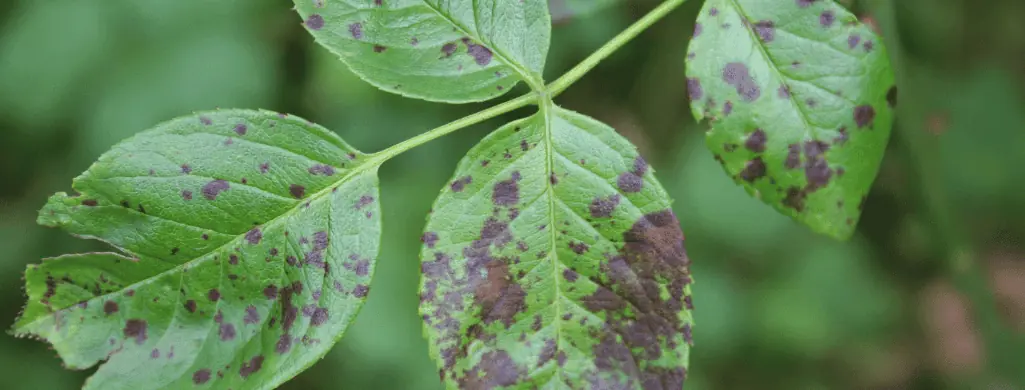
As we’ve discussed before, excess light increases the growth of algae.
When a coating of algae builds up on plant leaves, brown spots appear.
Algae disrupts an aquatic plant’s photosynthesis process. Instead of the leaves staying green, they get brown spots from a lack of chlorophyll.
As the problem worsens, the brown spots multiply and increase.
Over time, the entire leaf turns brown and dies. The decaying leaf releases harmful toxins into your aquarium water if you do not remove it.
3. Yellowing Leaves
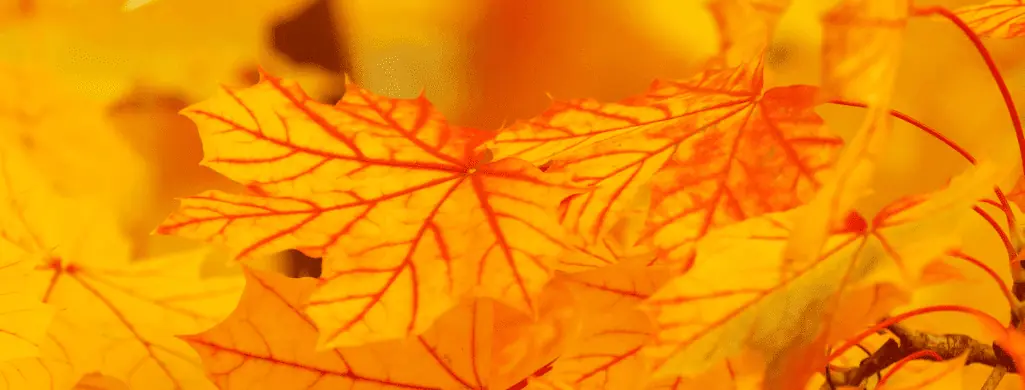
Yellowing leaves are another sign of a disruption to the photosynthesis of your aquarium plants.
Once again, excessive algae growth from too many hours of light is the culprit.
Plant leaves turn yellow when they lack nutrients like nitrogen, phosphorus, and potassium.
Yellow leaves also appear when plants get moved from bright light to a dark environment.
Learn more about why plant leaves turn yellow and how to prevent them.
4. Stunted Growth
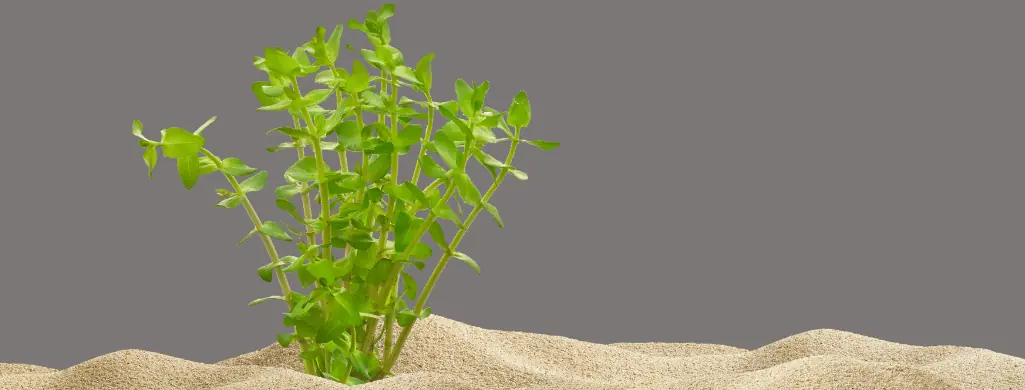
A lack of nutrients is a major factor causing stunted growth in aquatic plants.
Increased exposure to light means a plant needs more nutrients.
If there is not adequate nutrient or carbon dioxide levels in the water, your plants can starve.
Adding a fish-safe liquid fertilizer or a carbon dioxide supplement ensures plants receive essential nutrients for strong growth.
Contrary to popular belief, brighter lights do not stunt the growth of low-light plants like Java moss or Java fern.
Low-light plants can thrive with around 2-4 hours per day of light exposure. Increased light exposure does not affect low-light plants unless the lights produce excessive heat.
Heat stress is only an issue when using incandescent lamps. Most aquarium lighting setups use LED lights, which produce very low amounts of heat.
If you still have concerns about your low-light plants, place them in darker areas of the tank or under the shade of other plants.
5. Your Plants Are “Melting”
Imagine this scenario:
You buy a healthy-looking aquatic plant at the fish store and place it in your aquarium. A week later, all the leaves have fallen off, and your new plant is dead.
So, what happened?
Aquarists call this “melting.”
The most common reason it happens is a sudden change in the plant’s environment. Fluctuating temperatures and pH levels can send an aquatic plant into shock.
Plants grown above the water usually experience melting when completely submersed.
Another reason aquarium plants melt is a lack of nutrients, likely caused by too much light.
Without enough nutrients and carbon dioxide, the plant cannot photosynthesize.
First, the older leaves die and fall off, followed by the new leaves. Without leaves, the entire plant dies.
Prevent melting with additional nutrients like liquid fertilizers or carbon dioxide supplements.
6. Curling Leaves
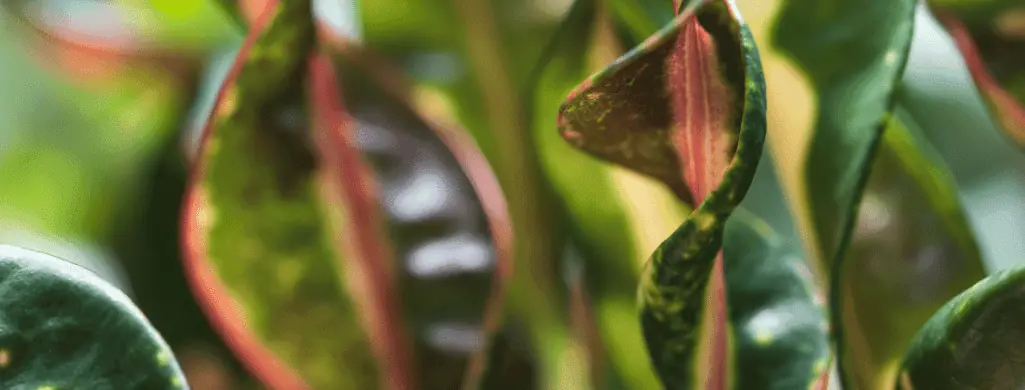
If your plants do not produce enough chlorophyll, the leaves start curling.
Plants produce chlorophyll during photosynthesis.
When algae growth from too much light prevents photosynthesis, your plants suffer.
Besides curling leaves, your plants may turn yellow or develop brown spots.
7. Reduced Oxygen Levels
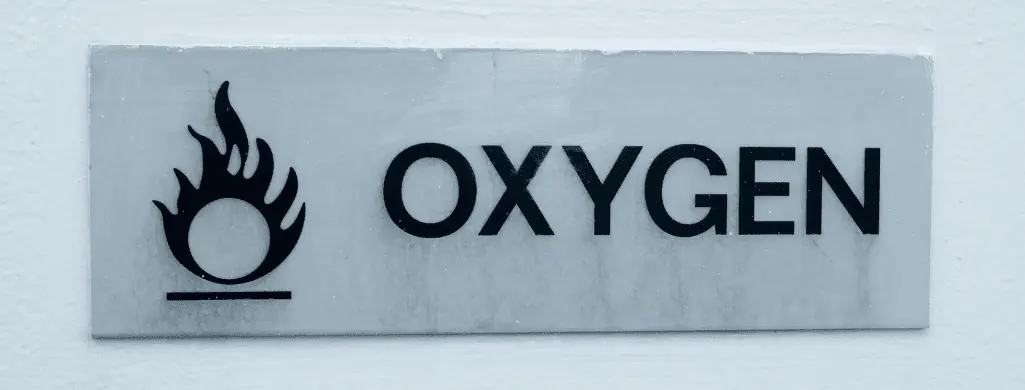
When aquatic plants cannot complete photosynthesis, they no longer convert carbon dioxide into oxygen.
This causes reduced oxygen levels and increased carbon dioxide in the water.
A lack of oxygen suffocates your fish.
The resulting increase in carbon dioxide encourages algae growth and lowers your pH levels.
Reduce aquarium lighting hours and consider an air stone for increasing oxygen levels.
8. Reduced Carbon Dioxide Levels
Excessive lighting encourages plant growth, resulting in hungry plants.
Your aquatic plants feed on all available nutrients and carbon dioxide in the water.
The depletion of carbon dioxide in the water increases your pH levels.
Without adequate carbon dioxide to feed on, your plants will experience stunted growth.
Your plant leaves will turn yellow or brown and start curling and twisting.
Decrease the hours of lighting and supplement your aquarium water with a carbon dioxide supplement.
9. Brown Leaf Edges
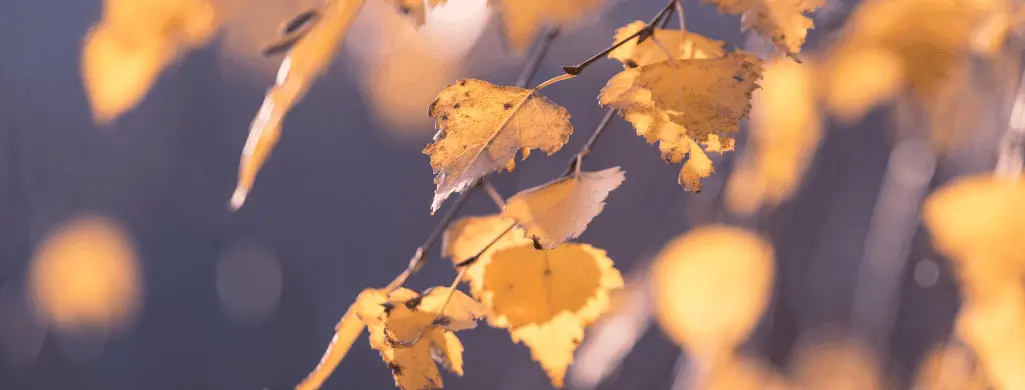
Intense lighting causes brown edges on plant leaves. These brown edges give your plant a burnt appearance.
Browning edges are also a sign of heat stress.
Heat stress contributes to root rot as a result of lowered oxygen in the substrate.
Other signs of root rot include wilting leaves with dark green patches.
Lower the intensity of light and ensure your tank temperatures are within the ideal range for your plants and fish.
10. Purple or Red Leaves
Intense light exposure breaks down the chlorophyll in plant leaves.
As a result, the leaves appear red or purple instead of green.
The red or purple color also signals a lack of phosphorus.
Some plants, like Ludwigia or red tiger lotus, have red or purple leaves as a feature. These colors are normal for these types of plants, but not others.
Choosing a low-intensity light and adding a liquid fertilizer helps your plants turn green again.
11. White Leaves
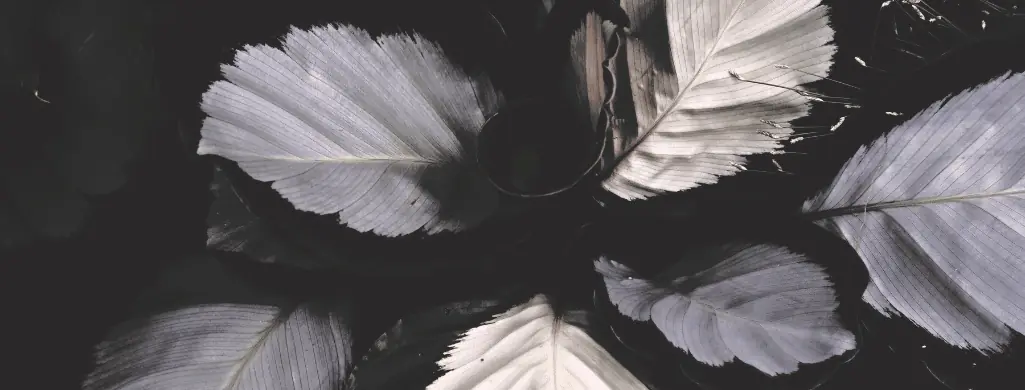
Overexposure to light can give your plants a bleached look.
A white leaf color signals a lack of chlorophyll.
Without enough chlorophyll, plants cannot convert light into energy.
Bleaching can happen in low light or bright light conditions due to decreased carbon dioxide levels.
Decrease the hours of light your plants receive and add a carbon dioxide supplement. This helps your plants restart photosynthesis.
12. Overgrown Plants
Excess light causes increased plant growth.
While this seems like a good side effect, problems can arise from overgrown plants.
Sustained plant growth needs additional nutrients and carbon dioxide.
As your plants deplete these nutrients from the water, there won’t be enough to maintain healthy growth.
Over time, your plants can develop a leggy appearance with fewer leaves, even though they are still growing.
Overgrown plants also crowd your aquarium.
Your fish become stressed when they do not have enough space for swimming.
Frequent pruning prevents your plants from taking over your entire aquarium.
Preventing overexposure to light helps slow rapid growth in your plants.
13. Bubbles on Your Plants
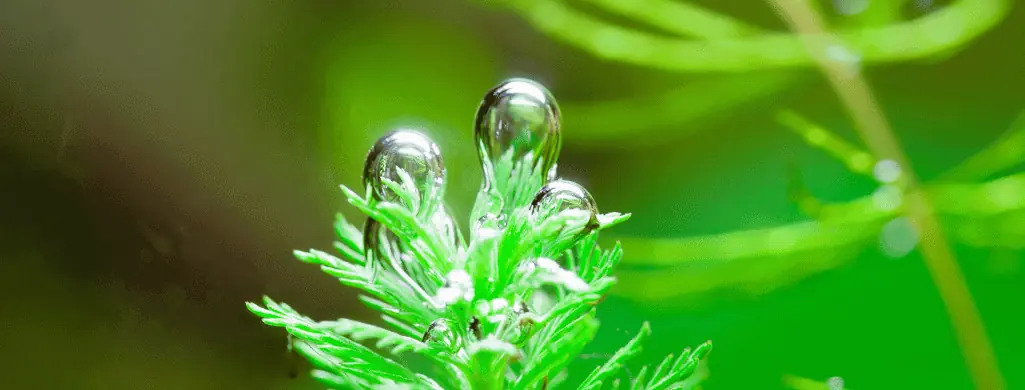
Sometimes, you may see tiny bubbles on your plant leaves. These bubbles are known as “pearling.”
Pearling happens when your plants release more oxygen than the water can absorb.
This is usually the result of excess lighting.
Decreasing the level of lighting in your aquarium prevents these bubbles from forming.
Tips For Regulating Your Aquarium Lighting
An adjustable light gives you more flexibility in your aquarium setup. It allows you to increase and decrease the light intensity according to your needs.
Lower your light levels if your plants suffer any signs of overexposure to light. Making a note of any changes in plant health lets you dial in the ideal settings.
Also, consider installing a light timer. Light timers automatically turn the lights on and off at specific times during the day.
A light timer can simulate a natural daylight cycle. This benefits both your plants and fish.
Never leave your aquarium lights on at night. Your plants and fish need darkness for rest.
Plants stop photosynthesis at night. During this time, the plants consume oxygen and release carbon dioxide.
Without this rest period, your tank can suffer from a lack of carbon dioxide.
Carbon dioxide plays a vital role in plant growth and aquarium health.
During the day, plants feed on carbon dioxide and convert it into oxygen. Fish need oxygen for breathing, and your plants use oxygen at night.
Adding a tank cover or
Frequently Asked Questions About Aquarium Lighting
How long should aquarium lights be on for plants?
Plants and fish cannot thrive in constant lighting. Most plants and fish do well with 10-12 hours of light daily.
If your plants show symptoms of excess light exposure, reduce your lighting schedule to 8-10 hours per day. Plants and fish need adequate periods of darkness for rest.
Reduce your tank lighting to around 6 daylight hours when introducing new plants. This reduction in light lets your new plants acclimate to your aquarium without encouraging algae development.
This method also works when setting up your aquarium for the first time. Your aquarium lighting needs also depend on the type of plants and fish you have.
Low-light plants only need a few hours of light to thrive. Betta fish become stressed in bright light and prefer a blackwater environment.
What color LED is best for aquarium plants?
The color temperature of artificial lights depends on the balance of red, green, and blue lights. Red and blue lights encourage photosynthesis in plants.
But, the spectrum of light changes according to water depth. Red light gets reduced in water, while blue light penetrates water easily.
Standard aquarium light fixtures usually do not produce enough red light wavelengths. RGB LED lights provide a better balance of light on the color spectrum than plain white LEDs.
What is the best aquarium light to prevent algae?
Full RGB spectrum LED lights to show the vivid colors of your plants and fish without promoting excess algae growth. Set the red, green, and blue spectrums to 100 percent if you have adjustable LED lights.
This color spectrum is best for plants needed low and medium light levels.
Enhance red and purple plants by lowering the red light spectrum and increasing the green and blue spectrums
Take care when increasing the green spectrum. Green and yellow lights can encourage algae growth.
Keep your fish tank away from direct sunlight. Natural sunlight not only promotes algae growth but increases your water temperatures. Fluctuating water temperatures cause harm to your plants and fish.
How do you remove algae from plant leaves?
Remove plants with algae buildup and scrub the leaves with gentle motions.
If the algae does not come off, you may soak the plant in a 10 percent bleach solution for no longer than five minutes. Take the plant out of the bleach solution and remove any remaining algae by wiping the leaves.
Let the plant soak in a bucket of dechlorinated water for about 10 minutes. Give the plant a good rinse in tank water before placing it back into the aquarium. You must ensure you remove any traces of the bleach solution.
What lights are bad for fish?
Avoid using incandescent bulbs in your lighting setup. These bulbs produce too much heat and can cause temperature shock in your fish. Take care when using blue LED lights in your fish tank.
Some studies suggest blue light damages a fish’s eyesight. High-intensity blue light may also affect the reproduction cycle of fish.
Keep in mind these cases are rare and only affect certain fish species.
Many fish owners have blue LED lights in their aquariums without ill effects.
Help Your Plants See the Light (in Moderation)
Aquatic plants need adequate lighting for survival.
But, excess lighting can have harmful effects on plant life.
Understanding the signs of too much light in your aquarium helps you correct the problem and save your plants.
Researching the lighting needs of your plants and fish can prevent most lighting issues before they start.

